Irregularities at NEA: One group wins dozen contracts via agents
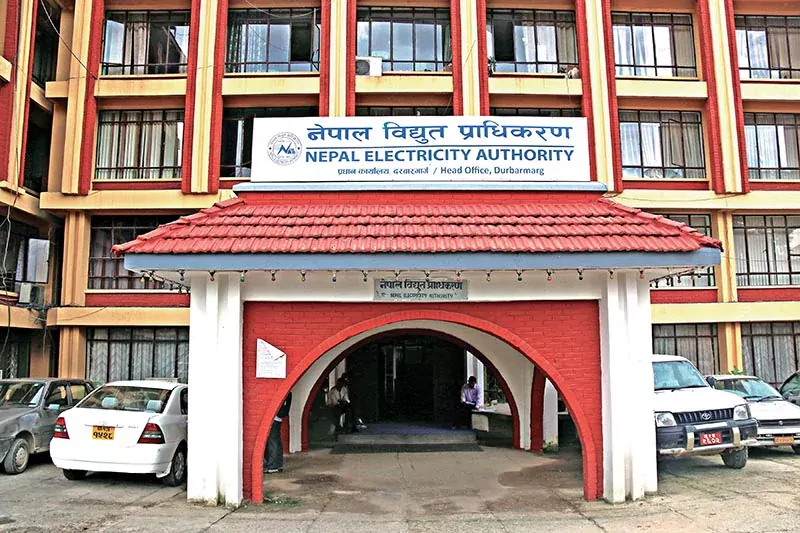
Kathmandu, October 27 — Last Monday, the Project Development Department of the Nepal Electricity Authority (NEA) shortlisted two candidates for the detailed engineering design and tender document preparation of the Karnali Chisapani Multipurpose Project, which has a capacity of 10,800 megawatts. The shortlisted companies are the Swiss-Turkish joint venture Pini-Tamelsu and Turkish Dolasar Engineering Inc.
Proposals will be requested from these companies for the engineering design and tender document preparation for the project. According to project chief Nashibman Pradhan, the final intention letter will be based on the technical and financial proposals included. He mentioned that this process could take around 2-3 months. The cost for just creating the engineering design and tender document is estimated to exceed one billion Nepali Rupees, with the total project cost to be determined later.
Previously, on July 7, a similar shortlist was prepared for the 683-megawatt Sunkoshi-3 Hydropower Project. Companies in that list included the Australian-Turkish joint venture Dolasar-SMEC, the German-Turkish-Swiss joint venture Fichtner-Tamelsu-Pini, and the German-Indian Tractebel Germany-Tractebel India. The companies shortlisted for both the Sunkoshi-3 and Karnali Chisapani projects share similar names.
According to sources, these companies are part of the same group, brought to Nepal by specific agents who negotiate with the NEA's upper management. This leads to predetermined contract outcomes. It is claimed that having the same companies win contracts for two large projects is unusual, suggesting significant irregularities within the authority, with allegations that billions are funneled abroad through foreign consultants without proper oversight.
Concerns have been raised about whether there are indeed irregularities within the NEA. Sources question the natural progression of the contracting processes and the minimum standards set for participation in the tenders.
For example, it is reported that Nepali consultants face challenges such as not receiving commissions, difficulties in sending funds abroad, and concerns over asset laundering or corruption charges when working domestically, leading to foreign companies being preferred for energy projects.
In Dolpa district, the construction of a 106-megawatt semi-reservoir project requires that the consulting firm has prior experience with at least an 80-megawatt project, representing nearly 75% of the threshold. Similarly, a 200-megawatt threshold was set for the Sunkoshi-3 project, which is only 29%, while the threshold for the Karnali Chisapani project is 500 megawatts, just 4.63%. The experience requirement for a 180-meter dam for Sunkoshi-3 was set at 110 meters, about 60%. For Karnali Chisapani, the threshold is set at 130 meters, approximately 48%, while the expected dam height is 270 meters.
So far, only the TMS Group has secured nearly a dozen contracts under the NEA, including amounts in the tens of millions for various projects. This totals around 30 billion Nepali Rupees.
Despite claims that Nepali consultancy firms are now capable, they argue that the costs associated with foreign consultants could have been significantly reduced if Nepali firms were given the opportunity. They suggest that if they had received the contracts, costs would have been only 40% of what is currently being spent, implying that the remaining budget is being allocated to agents' commissions and collusion.
The NEA refutes claims of irregularities in the selection of consultants, arguing that the scale of the 10,800-megawatt project necessitates experienced foreign firms. Project chief Pradhan insists that Nepali consultants are not yet able to handle such a significant project entirely on their own, stating that any potential dam failure could have severe consequences.
Pradhan emphasizes that the NEA has established minimum standards for consultant selection through a structured process, aiming to involve as many companies as possible. He explains that thresholds are based on project capacity, asserting that a minimum of 500 megawatts was set to ensure feasibility.
However, consultants disagree, pointing out that local firms conducted feasibility studies and environmental impact assessments for Sunkoshi-3, which were then used by foreign companies for detailed studies. They argue that the lack of trust towards Nepali consultants is unfounded, suggesting that foreign firms do not believe in their capabilities.

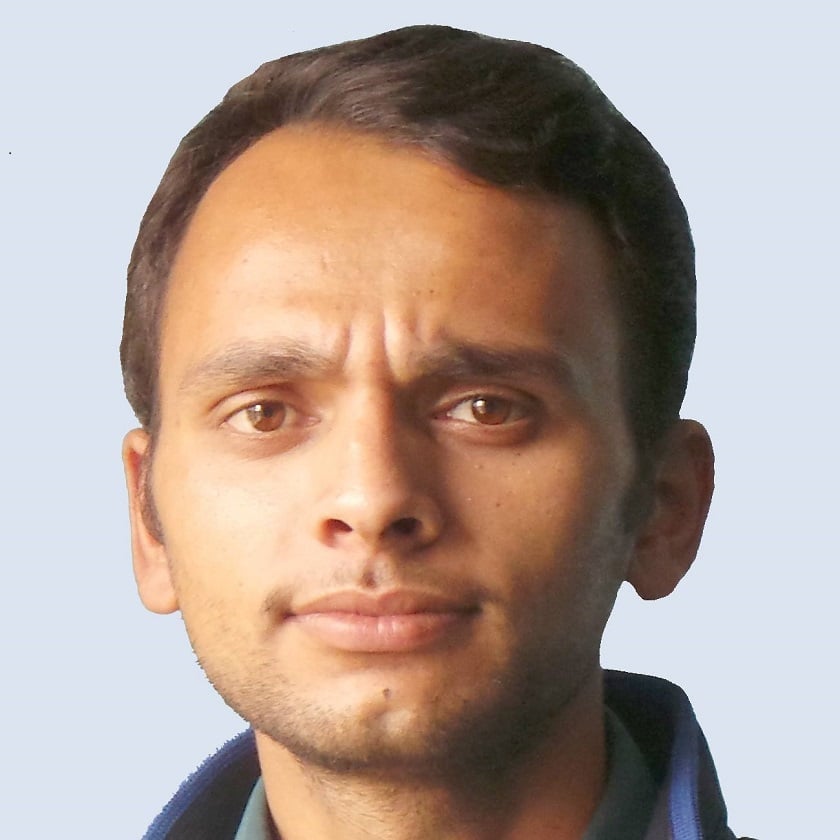
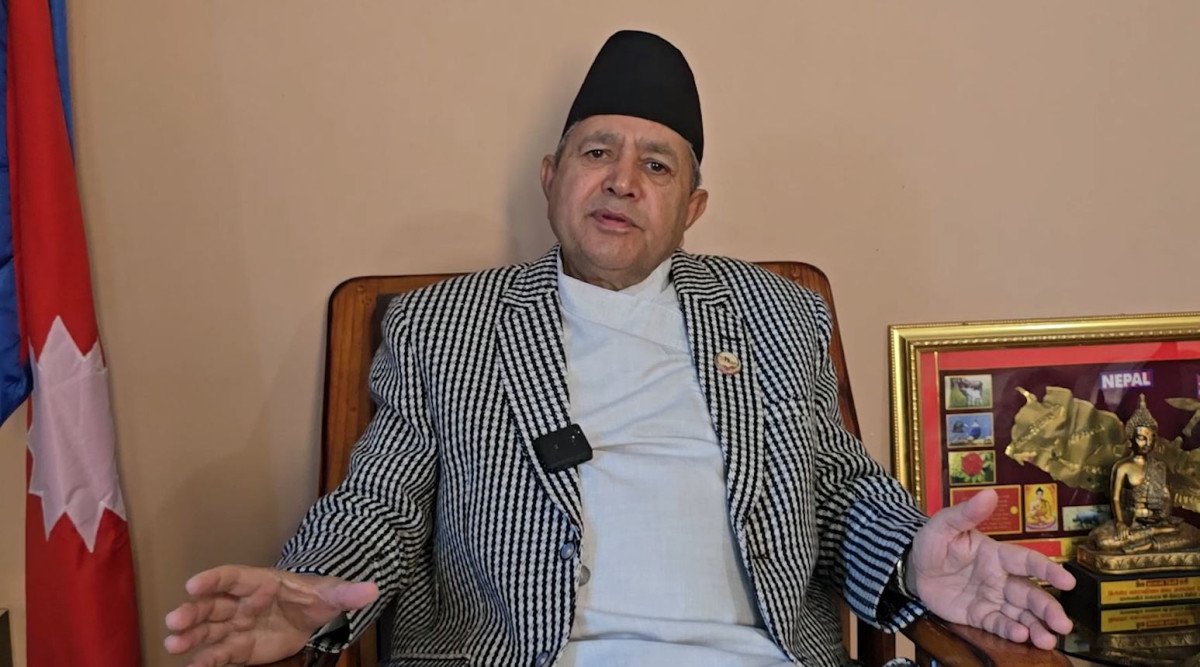
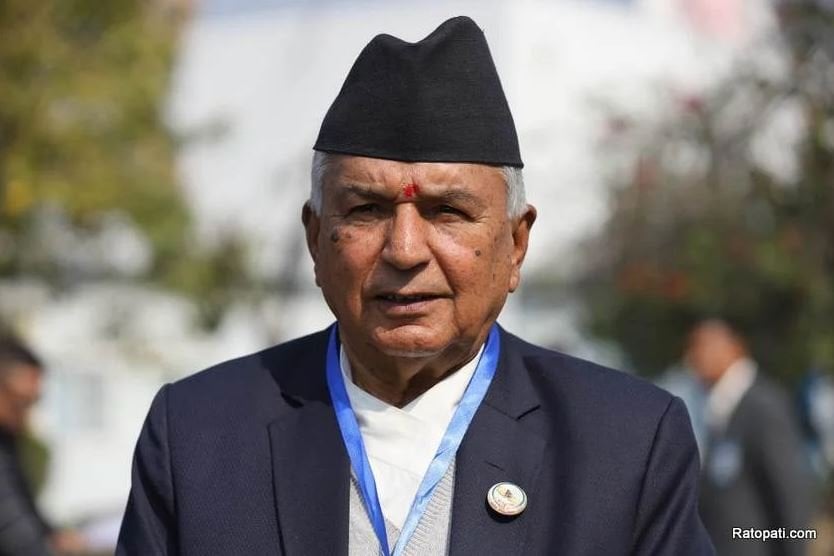
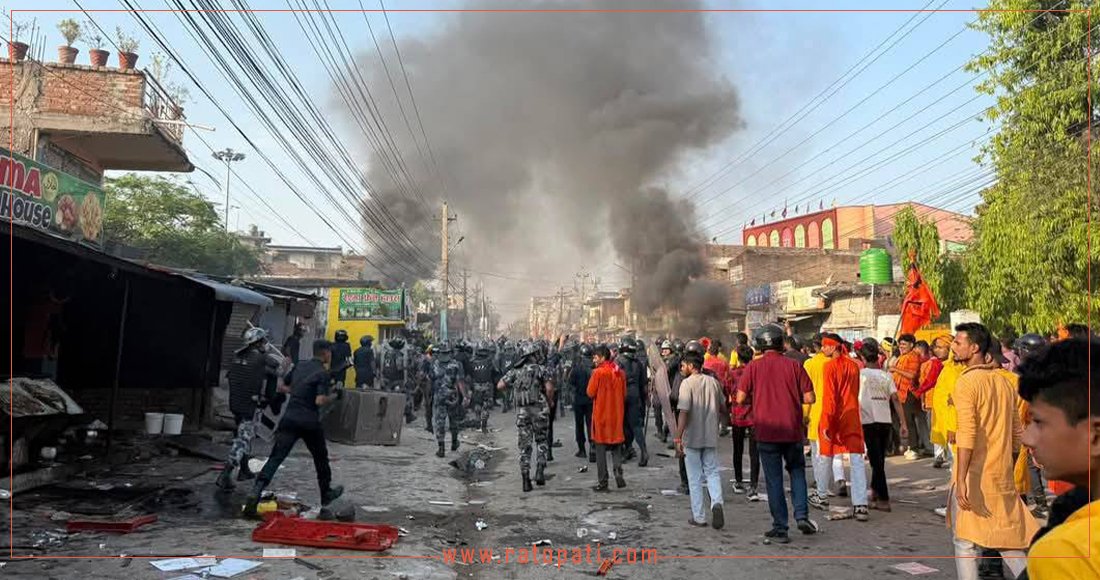
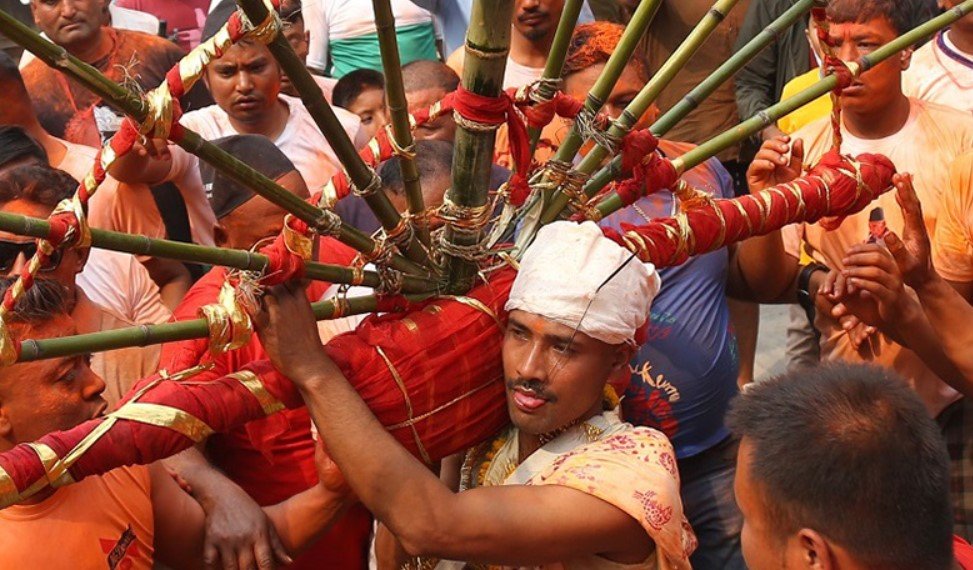

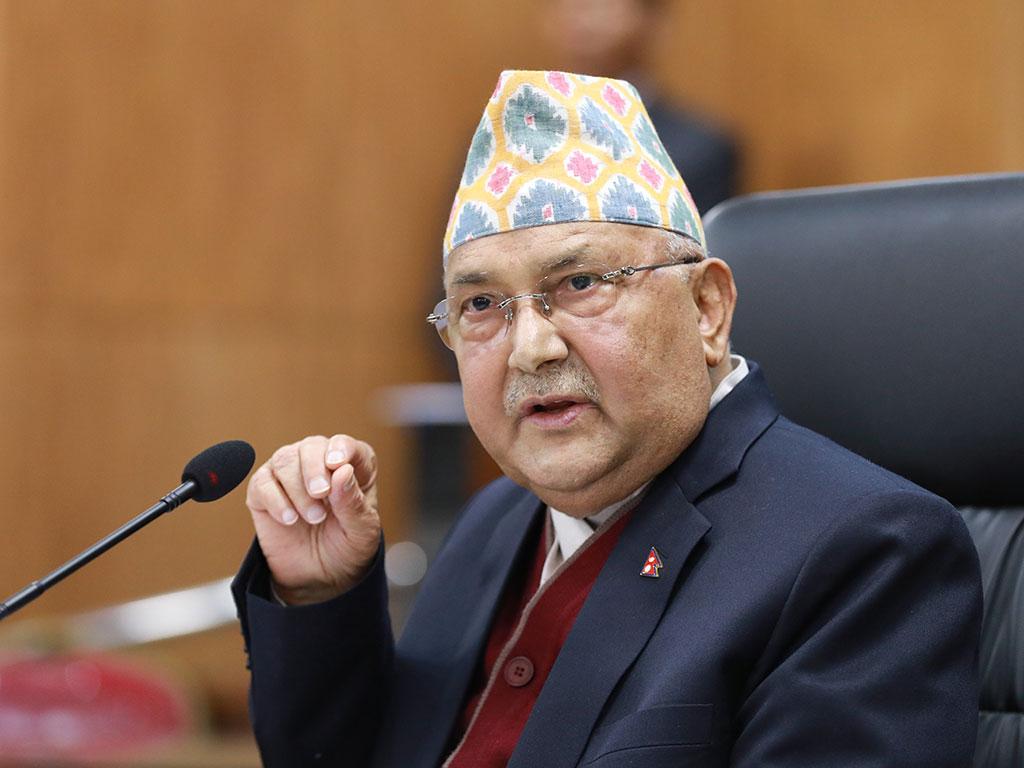
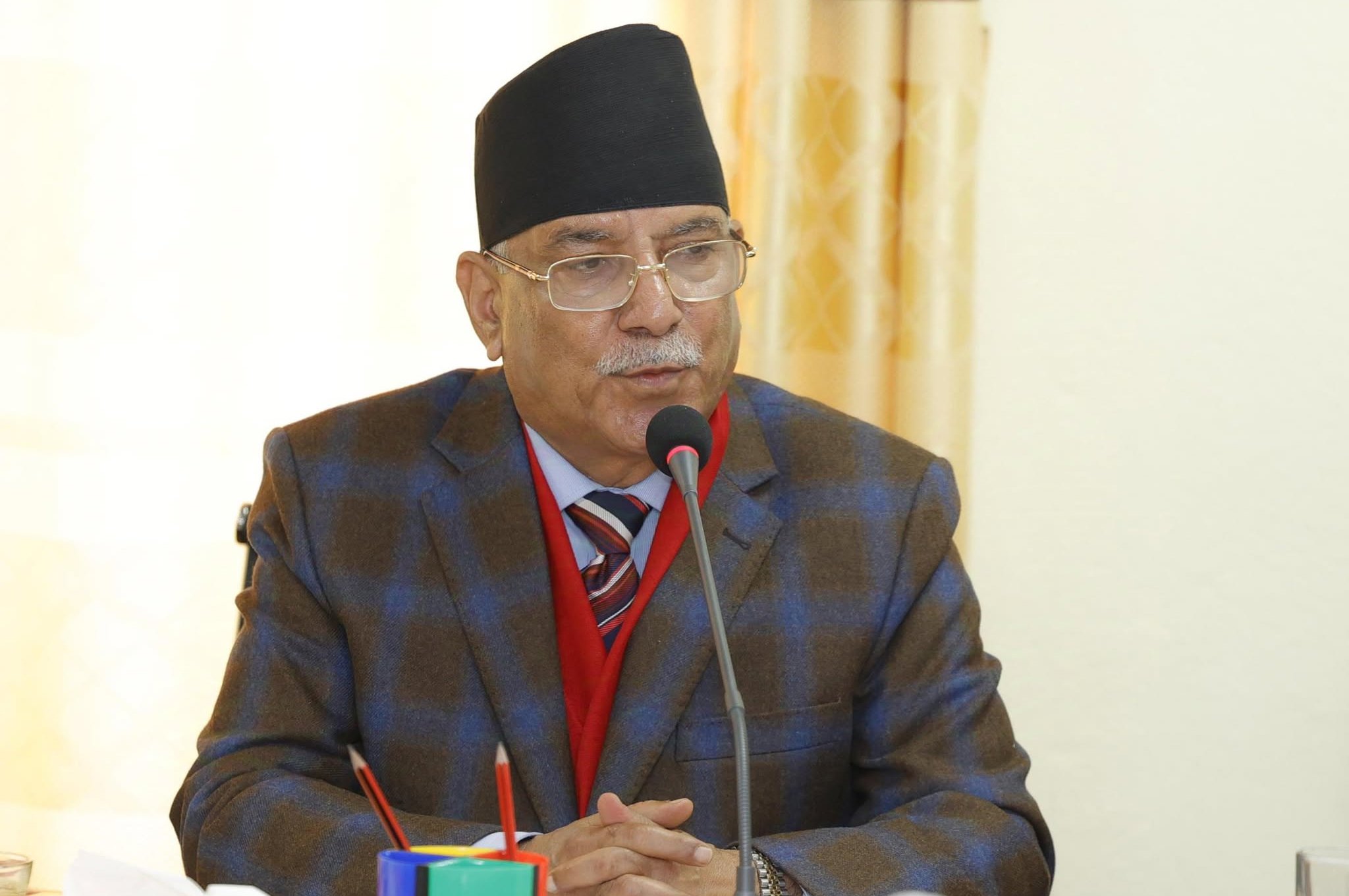
Leave Comment